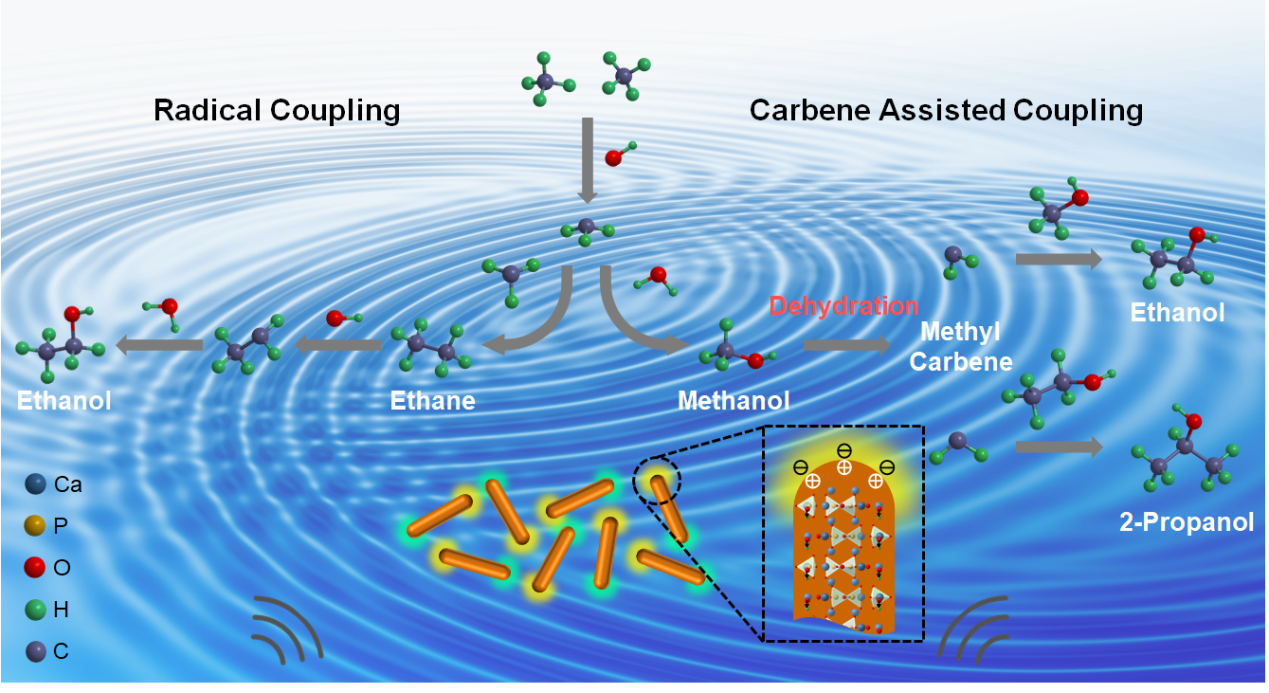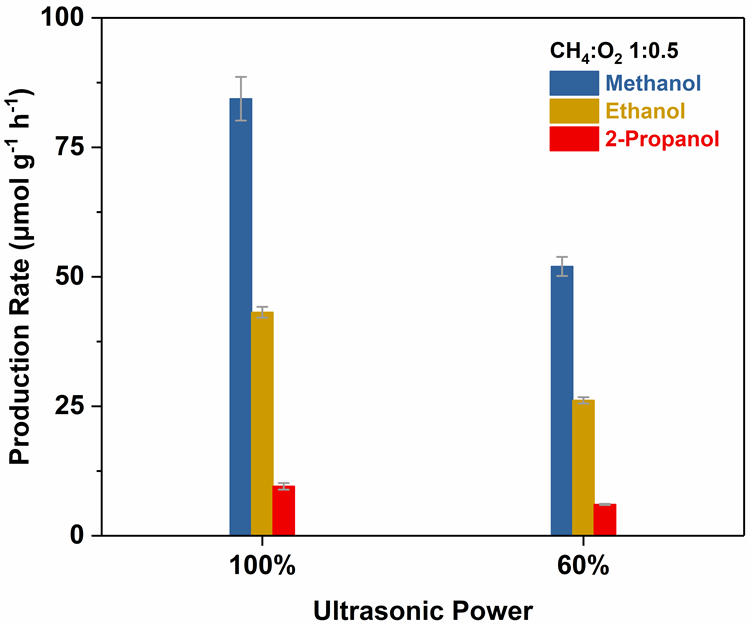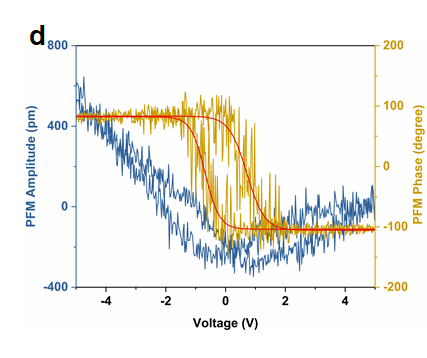| SICCAS News |
| Highlights | |
| News |
| Location:Home>SICCAS News>News |
| SICCAS scientists have made new progress in the research of piezocatalysis |
|
|
With noncentrosymmetric structures, piezoelectric materials could induce the asymmetric distribution of surface charges under the application of mechanical stress. The enriched charges would trigger the activation of O2 and/or H2O and generate reactive oxygen species for the conversion of energy-related molecules (O2, H2O, CH4, etc.). Therefore, piezocatalysis arises as a potential solution for green chemistry. Recently, the group of Energy and Environmental Catalytic Materials Group from Shanghai Institute of Ceramics has made new progresses in the research of piezocatalysis. By the rational design of the catalytic system, a series of semiconductor materials with piezocatalytic effect were fabricated for the investigation of piezocatalytic hydrogen evolution, hydrogen peroxide production, and methane conversion. The activation and conversion mechanisms of the small molecules were revealed, which is of great significance to promote the conversion of energetic molecules into value-added chemicals by capturing natural and/or artificial vibration energy. Under ultrasonic vibration, a piezoelectric field would be generated inside the ultrathin MoS2. With the increase of the ultrasonic energy, the effect of the internal electric field was enhanced, leading to a promoted efficiency of charge carrier separation. As a result, the hydrogen evolution efficiency of MoS2 raised dramatically. The surface modification of MoS2 would not only provide abundant active sites for the simultaneous accumulation of electrons and protons but also construct hole-trapping sites and facilitate charge separation, achieving a high hydrogen production efficiency of about 1250 μmol g-1 h-1. The idea of coupling piezoelectric and catalytic effect shaded light into semiconductor catalysis as well as energy conversion device. The result was published in Journal of Materials Chemistry A 6 (2018) 11909-11915. The piezoelectric response of BiOCl and C3N4 materials were characterized using piezoelectric force microscopy. Its active sites in piezocatalysis were also confirmed by chemical probes. Piezocatalytic H2O2 production efficiency of 28 and 34 μmol h-1 were obtained over these materials under air atmosphere, which was superior to that of photocatalysis, indicating that the activation of O2 over BiOCl and C3N4 was much effective under piezoelectric field. The results were published in ChemSusChem 11 (2018) 527-531, and Journal of Materials Chemistry A 6 (2018) 8366-8373. Through the piezocatalytic effect of hydroxyapatite (HAp), direct conversion of CH4 into alcohols was realized via the cascading of CH4 valorization and methanol upgrade. The nature of catalytic reactions over HAp was identified to be piezocatalysis instead of ultrasonic catalysis by the adsorption of probe molecules and the Au3+ reduction. Under ultrasonic vibration at ambient conditions, the surface enriched charges over HAp acted as cathode/anode and drove CH4 and H2O activation, generating ·OH to attack the C?H bond of CH4 and trigger its conversion. Methanol, ethanol, and 2-propanol were obtained as the main products of piezocatalytic CH4 conversion (84.4, 43.2, and 9.6 μmol g-1 h-1 respectively), while no CO or CO2 was detected, indicating the inhibition of CH4 overoxidation. The C?C coupling process successfully extended the reaction pathway and mitigated the susceptibility of methanol to over-oxidation. This work also put forward a strategy for product upgrade via piezocatalysis. The result was published in Nano Energy, 79 (2021) 105449-105459. These works were supported by the National Natural Science Foundation of China and other projects.
(a) Scheme of piezocatalytic methane conversion over HAp; (b) Influence of sonication power on the conversion efficiency; (c) Butterfly-shaped amplitude curve and hysteresis loop. |


